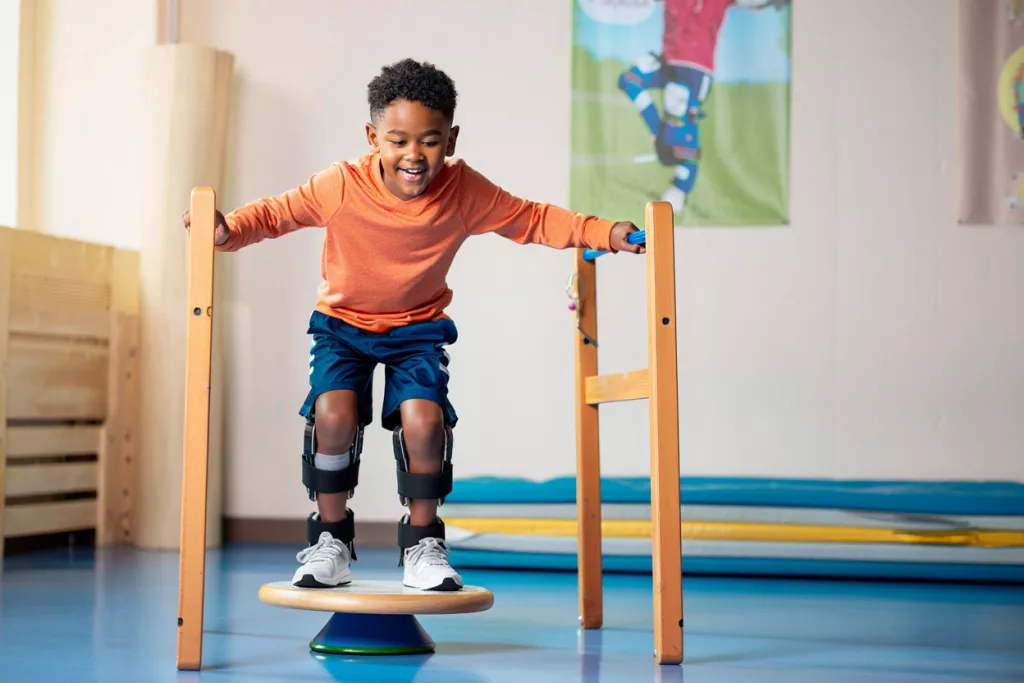Blount’s disease, a growth disorder affecting the tibia (shinbone), can cause significant bowing of the legs. While braces and physical therapy are often first-line treatments, some children may eventually require surgery to correct the deformity. Knowing when to make this decision is one of the most important — and sometimes overwhelming — choices for parents and caregivers.

This guide will help you understand the factors doctors consider when recommending surgical intervention and how you can advocate for your child’s needs.
When to Consider Surgical Intervention
In many cases, especially when Blount’s Disease is diagnosed early, bracing and therapy are enough to manage the condition. But when the curve continues to worsen or causes significant pain or difficulty walking, surgery may be the next step.
Signs That Surgery May Be Needed
- The bowing worsens despite bracing
- Your child’s gait is uneven or painful
- One leg appears shorter than the other
- Your child begins to avoid walking, standing, or playing
- Imaging (like X-rays) shows progressive bone deformity
- Symptoms are interfering with school or daily life
Surgical procedures are tailored to your child’s age, bone growth, and level of curvature.
Types of Surgery for Blount’s Disease
🧩 Osteotomy
A controlled break in the tibia is made and realigned to straighten the leg. Metal plates, rods, or external frames may be used to hold the bone in position as it heals.
🧩 Growth Modulation (Hemiepiphysiodesis)
This minimally invasive technique places small metal implants to temporarily slow growth on one side of the bone, allowing the other side to catch up and naturally straighten the leg over time.
🧩 External Fixators (in severe or complex cases)
These are adjustable frames worn outside the leg that gradually correct the bone’s alignment over several months.
Talking to Your Child About Surgery
Honesty and calm reassurance go a long way. Try saying:
- “The doctor is going to help your leg grow straighter.”
- “After this, walking will feel a lot easier.”
- “You’ll have a team helping you the whole time.”
Prepare them for what to expect—like staying in the hospital, using a wheelchair or crutches temporarily, and working with therapists after surgery.
Post-Surgical Recovery
Recovery time varies, but most children need:
- Physical therapy to rebuild strength and mobility
- Pain management strategies
- Rest with limited activity for several weeks
- Follow-up imaging to monitor healing
While surgery may feel daunting, many families find it leads to improved comfort, mobility, and self-esteem—especially as children begin to walk, run, or participate more fully in school and play.
Final Thoughts for Families
Blount’s Disease may present challenges, but it doesn’t have to limit your child’s movement, joy, or confidence. With early detection, bracing, therapy, and—when needed—surgery, children can grow into stronger, more independent versions of themselves.
As a parent, your role as a cheerleader, advocate, and comfort-giver matters more than you know. Whether you’re encouraging them through physical therapy, explaining their brace to a classmate, or preparing for surgery, your steady support makes all the difference.
At Panassea, we’re here to support the entire journey—from diagnosis to recovery—with care plans, mobility tools, and guidance that fit your real-life routine.
📘 Explore More Resources
Download our free caregiver guides:
- Understanding Blount’s Disease and Bone Growth
- Mobility and Bracing: What Parents Should Know
🎥 Upcoming Webinars
✔ Pediatric Orthopedic Therapy Tools
✔ Surgical Planning and What to Expect
✔ Supporting Emotional Confidence in Children with Visible Conditions
📩 Need help finding an orthopedic team or preparing for surgery?
— we’re here with practical advice and ongoing care.

Leave a Reply